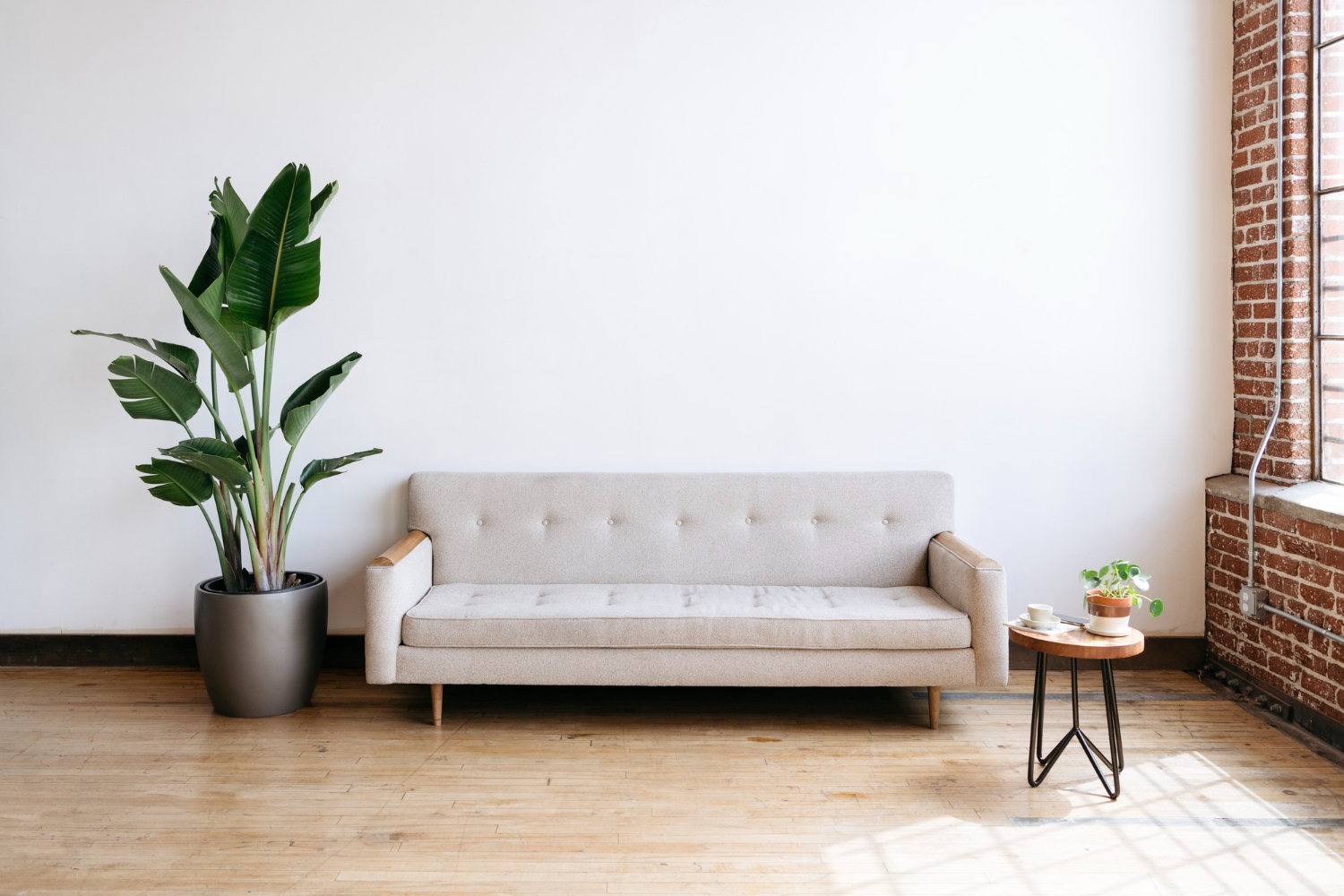
Applying texture coating to concrete walls can transform a dull and lifeless surface into an eye-catching feature. This guide will walk you through the process of applying texture coating to concrete walls, ensuring a durable and attractive finish.
Concrete walls, while sturdy and functional, often lack visual appeal. Their plain, gray appearance can make spaces feel cold and uninviting. Homeowners and property managers face the challenge of enhancing these surfaces to create a more appealing environment.
Traditional paint may cover the gray but fails to hide imperfections or provide the depth and texture that bring walls to life. Wallpaper can peel and deteriorate over time, especially in areas with high moisture or temperature fluctuations. These conventional methods often require frequent maintenance and do not offer long-term solutions.
It offers a durable, visually appealing solution for enhancing concrete walls. It adds depth and dimension, hides imperfections, and provides a robust surface that withstands the elements. Whether used indoors or on exterior walls, this can significantly improve the appearance and longevity of concrete surfaces.
It transforms flat, dull surfaces into visually interesting features. It adds depth and character, making concrete walls look more appealing. Texture coating for concrete walls can be customized with various patterns and finishes, allowing you to achieve the desired look for your space.
It provides a tough, durable finish that resists chipping, cracking, and peeling. It stands up to harsh weather conditions, making it an ideal choice for exterior walls. By applying texture coating for concrete, you can ensure a long-lasting, attractive surface.
Concrete walls often have surface imperfections such as cracks, holes, or uneven textures. It effectively conceals these flaws, creating a smooth and uniform appearance. This is particularly beneficial for older concrete walls that have seen better days.
Once applied, this requires minimal maintenance. It is easy to clean and resistant to stains, making it a practical choice for both indoor and outdoor walls. The robust finish reduces the need for frequent repairs and touch-ups.
The first step in applying texture coating to concrete walls is to prepare the surface. This involves cleaning the wall thoroughly to remove dirt, dust, and any loose material. A pressure washer can be used for exterior walls to ensure a clean surface.
Applying a primer is essential for ensuring good adhesion of the texture coating. The primer acts as a bonding agent between the concrete surface and the texture coating.
Follow instructions to mix the texture coating. Proper mixing ensures an even consistency and prevents lumps.
Applying the texture coating requires some skill and patience. Depending on the desired texture, you can use a trowel, roller, or spray gun.
Creating the texture on your concrete walls can be done using various tools. Experiment with different methods to achieve the look you want.
Once you have applied the coating and created the desired texture, allow the surface to dry completely. Drying times will vary based on the product used and environmental conditions.
Applying a sealant can provide additional protection and enhance the longevity of the texture coating. A sealant is especially beneficial for exterior walls exposed to harsh weather conditions.
Applying texture coating to concrete walls can transform a dull and lifeless surface into an eye-catching feature. This guide will walk you through the process of applying texture coating to concrete walls, ensuring a durable and attractive finish.
Concrete walls, while sturdy and functional, often lack visual appeal. Their plain, gray appearance can make spaces feel cold and uninviting. Homeowners and property managers face the challenge of enhancing these surfaces to create a more appealing environment.
Texture coating offers a durable, visually appealing solution for enhancing concrete walls. It adds depth and dimension, hides imperfections, and provides a robust surface that withstands the elements. Whether used indoors or on exterior walls, texture coating can significantly improve the appearance and longevity of concrete surfaces.
Concrete wall texture transforms flat, dull surfaces into visually interesting features. It adds depth and character, making concrete walls look more appealing. Texture coating for concrete walls can be customized with various patterns and finishes, allowing you to achieve the desired look for your space.
It provides a tough, durable finish that resists chipping, cracking, and peeling. It stands up to harsh weather conditions, making it an ideal choice for exterior wall texture. By applying texture coating for concrete, you can ensure a long-lasting, attractive surface.
Concrete walls often have surface imperfections such as cracks, holes, or uneven textures. This effectively conceals these flaws, creating a smooth and uniform appearance. This is particularly beneficial for older concrete walls that have seen better days.
Once applied, it requires minimal maintenance. It is easy to clean and resistant to stains, making it a practical choice for both indoor and outdoor walls. The robust finish reduces the need for frequent repairs and touch-ups.
Creating the desired texture on your concrete walls can be done using various tools and techniques. Experiment with different methods to achieve the look you want. Whether it’s swirls, waves, or a more uniform pattern, texture coating offers endless possibilities.
By taking the time to prepare the surface, choose the right products, and apply it with care, you can enjoy stunning results that stand the test of time. So, roll up your sleeves, gather your tools, and start transforming your concrete walls today!
With these steps, you can successfully apply texture coating to your concrete walls, creating a beautiful and durable finish that enhances the look and feel of your space. Enjoy the process and the results!
Applying texture coating to concrete walls is an excellent way to enhance their appearance and durability. By following the steps outlined in this guide, you can achieve a beautiful, long-lasting finish that transforms your space. Whether you’re working on an interior or exterior wall, texture coating offers a practical and elegantly pleasing solution.
By taking the time to prepare the surface, choose the right products, and apply the texture coating with care, you can enjoy stunning results that stand the test of time. So, roll up your sleeves, gather your tools, and start transforming your concrete walls today!
1. What is texture coating?
It is a specialized finish applied to surfaces to add depth and dimension. It is commonly used on concrete walls to enhance their appearance and durability.
2. Why should I use texture coating for concrete walls?
It is for concrete walls that provides several benefits, including enhanced elegant appeal, durability, and low maintenance. It also helps conceal imperfections and adds character to the surface.
3. Can I apply texture coating to both interior and exterior concrete walls?
Yes, it can be applied to both interior and exterior concrete walls. However, ensure you choose a product suitable for the specific environment and follow the manufacturer’s instructions.
4. How do I maintain texture-coated concrete walls?
Maintain texture-coated concrete walls by regularly cleaning them with water and mild detergent. Avoid using harsh chemicals or abrasive cleaners. Periodically inspect the walls for any damage and touch up as needed.
5. Can I apply texture coating myself, or should I hire a professional?
While applying this can be a DIY project, it requires some skill and patience. If you’re not confident in your abilities, hiring a professional can ensure a high-quality, long-lasting finish.












